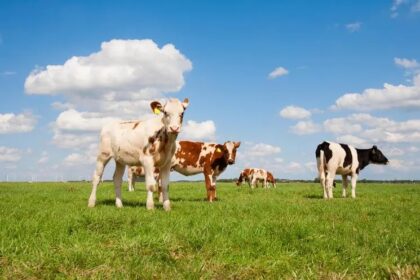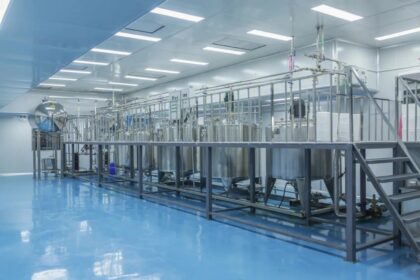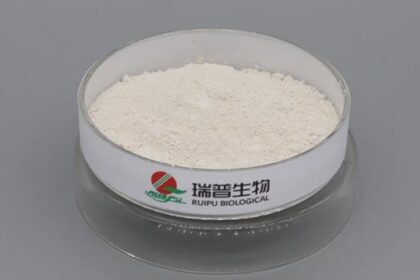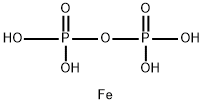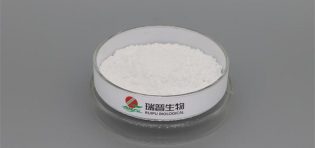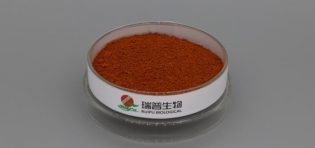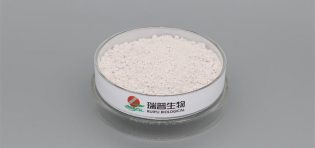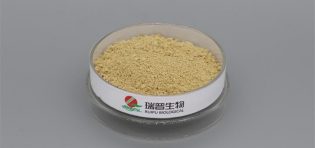
Ferrous gluconate is added to animal feed for several reasons related to animal nutrition and health.
Iron is an essential mineral for animal health and plays a crucial role in various physiological processes, including oxygen transport, energy metabolism, and immune function.Ferrous gluconate is a source of bioavailable iron that can be easily absorbed by animals.Adding ferrous gluconate to feed helps address iron deficiencies and ensures that animals receive adequate iron for optimal growth and development.
Iron deficiency anemia can occur in young animals, such as piglets or calves, due to insufficient iron intake or poor iron absorption.Iron-deficient animals may exhibit symptoms such as weakness, pale mucous membranes, reduced growth, and compromised immune function.Supplementing feed with ferrous gluconate helps prevent or correct iron deficiency anemia, promoting healthy development and overall well-being of the animals.
Adequate iron levels in animal feed can positively impact growth rates, feed conversion efficiency, and overall performance of livestock.Iron is involved in the synthesis of hemoglobin, which carries oxygen to the tissues.Sufficient iron levels support optimal oxygen transport, leading to improved metabolism, nutrient utilization, and growth performance.
In certain animal species, such as poultry or fish, iron is also important for pigmentation.Adequate iron levels in feed can contribute to the development and maintenance of desired skin, feather, or scale coloration.
In some cases, ferrous gluconate may be used as part of veterinary treatment protocols for specific animal health conditions.This is typically done under the guidance and prescription of a veterinarian.
The specific inclusion levels of ferrous gluconate in animal feed may vary depending on the target animal species, age, production stage, and nutritional requirements.

